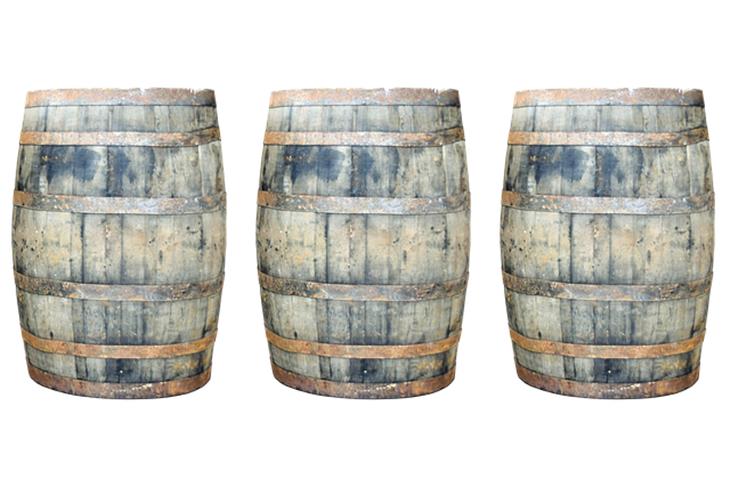"The term 'weld on barrel hinge' pertains to a unique type of hinge optimally crafted for barrels and similar cylindrically shaped objects. Renowned for their robust nature and straightforward installation process, we shall explore the realm of these hinges, examining their merits, installation procedures, and prevalent applications. Four critical aspects related to these hinges - material selection, installation methodologies, upkeep, and financial implications - will be addressed."
I. Material Selection for Weld on Barrel Hinges

Barrel hinges exist in an array of materials, each boasting distinct advantages and inherent limitations. Ordinary materials encompass stainless steel, aluminum, and brass. When deciding upon the apposite material for your desired weld on barrel hinge, consider the ensuing parameters:
Firstly, Corrosion Resistance ought to guide your choice if the barrel will be subjected to severe environmental conditions. Opt for a material with superior corrosion resistance, such as stainless steel or aluminum. Secondly, take into account the combined weight of the barrel and the hinge material. Aluminum, a lightweight material, is optimal for lighter barrels, whereas stainless steel, a heavier material, is more suitable for bearing heavier loads. Thirdly, consider the temperature range the barrel may encounter; opt for a material capable of enduring such conditions, such as stainless steel or aluminum.
II. Installation Techniques for Weld on Barrel Hinges
A meticulous installation of weld on barrel hinges is paramount for guaranteeing their longevity and functionality. Herein, we present some indispensable installation methods: Firstly, prepare the barrel by thorough cleaning to secure a robust weld. Eradicate any pre-existing coatings or debris that might impede the weld. Secondly, measure and mark the barrel's dimensions and designate the positions for the hinge installation. Ensure precision in marking to guarantee a snug fit. Thirdly, employ a suitable welding method, such as TIG or MIG welding, to affix the hinge to the barrel. Guarantee a clean and robust weld to avert potential failures. Lastly, once the hinge is securely fixed, scrutinize the weld for any imperfections. Sand and coat the barrel as required to preserve its aesthetics and shield the hinge from corrosion.
III. Maintenance of Weld on Barrel Hinges
Meticulous upkeep is pivotal for amplifying the lifespan of your weld on barrel hinge. Adhere to these maintenance guidelines: First, conduct regular inspections to detect signs of wear, such as fissures or loose welds. Address any issues swiftly to avert further damage. Second, keep the hinge pristine to fend off corrosion. Utilize a soft brush and lukewarm, soapy water to clean the hinge, followed by thorough drying. Thirdly, apply a fitting lubricant to the hinge to mitigate friction and ward off wear. Refer to the manufacturer's recommendations for the appropriate lubricant.
IV. Cost Considerations for Weld on Barrel Hinges
When choosing a weld on barrel hinge, bear in mind the following cost elements: Firstly, the cost of the hinge material will fluctuate based on the material type and caliber. Opt for a material that strikes the perfect balance between cost and performance. Secondly, installation expenses will hinge on the intricacy of the installation and the proficiency of the installer. Thirdly, routine maintenance can augment the hinge's lifespan, thereby curbing long-term expenditures.
Weld on barrel hinges serve as a fundamental component for cylindrically shaped objects, offering robustness, simplicity of installation, and versatility. By comprehending the material selection, installation methodologies, upkeep, and cost considerations linked to these hinges, one can ensure the smooth and efficient operation of their barrel. It is always advisable to seek counsel from a proficient welder or hinge manufacturer for the most judicious advice and direction when selecting and installing weld on barrel hinges.

